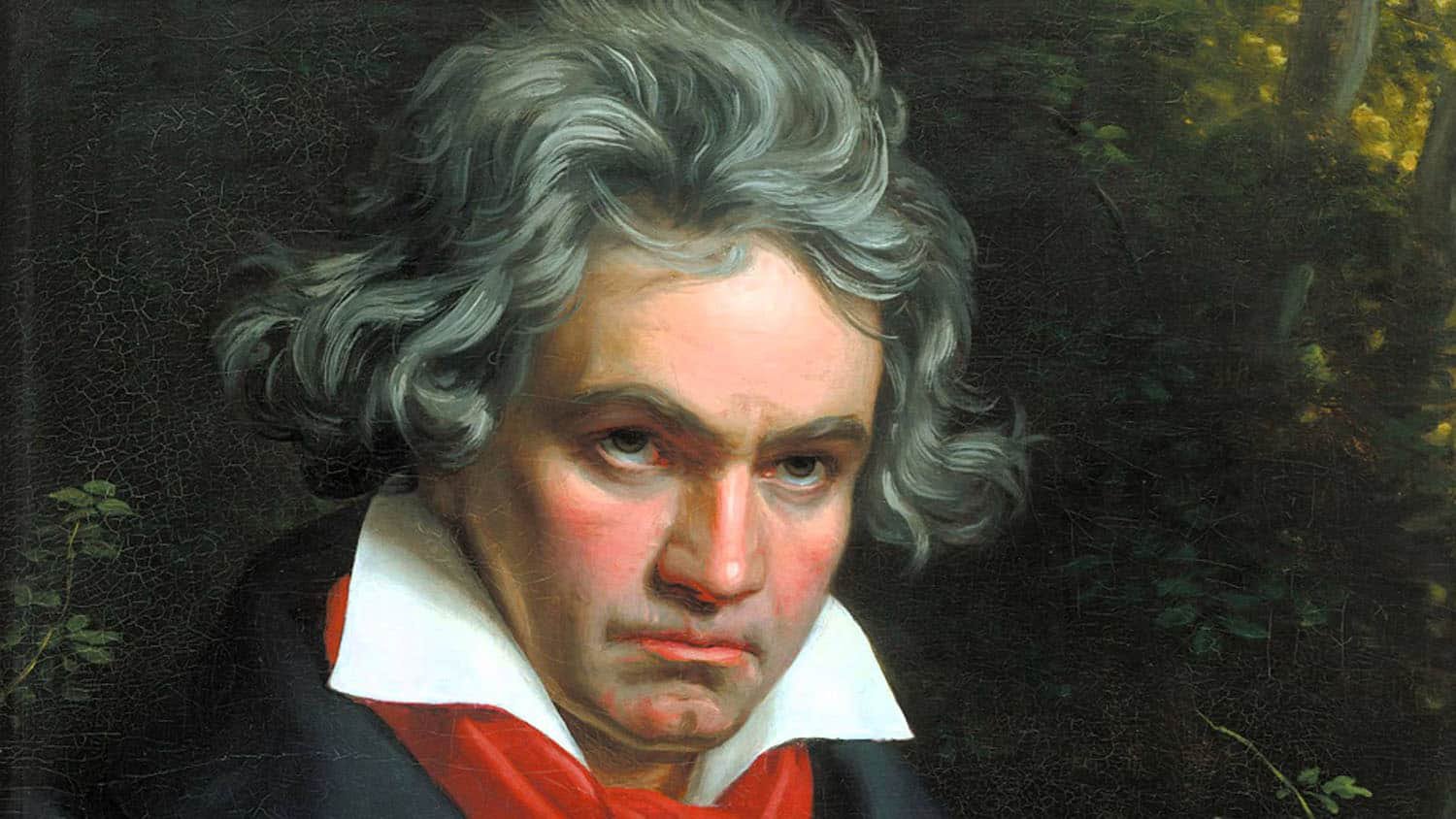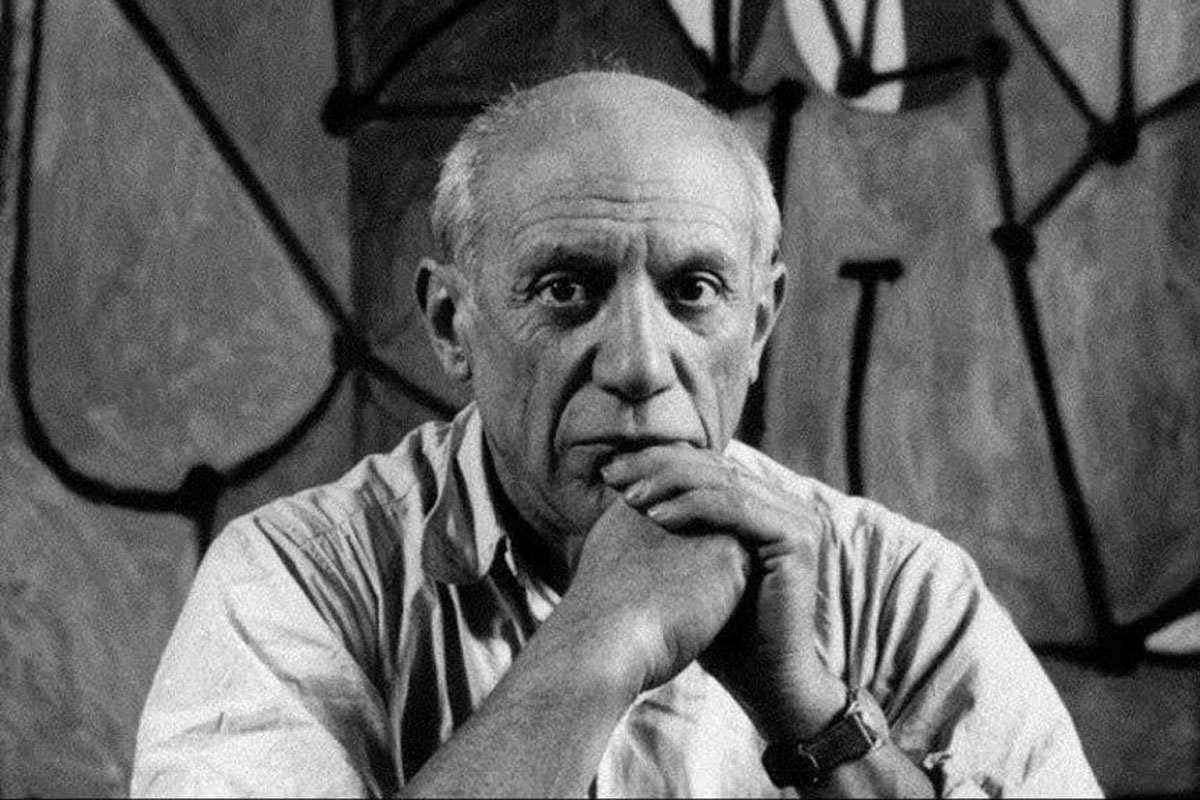This series of articles seeks to examine the character attributes of highly successful leaders, regardless of their adherence to a strong faith or moral standard. In presenting these thoughts, Leadership Ministries is not agreeing with or advocating these traits or practices, but rather presents these as ideas for discussion and development in your own leadership journey.
Christopher Columbus (1451 – 1506) was an Italian explorer. He completed four voyages across the Atlantic ocean and began the widespread European colonization of the Americas. Celebrated in history books for “discovering America”, Columbus’ reputation has become more questionable in recent years as instances of brutality and slavery have become widely known.
Columbus was self-educated in subjects including geography, astronomy and history, and learned Latin, Portuguese and Castilian in addition to his native Italian. He set out to find a western sea passage to the East Indies, hoping to profit from lucrative trading. Instead, in 1492 his three ships made landfall in the Bahamas, and called the inhabitants indios (“Indians”), thinking he had landed in the far East. His expeditions began a period of exploration, conquest and colonization that lasted for nearly 400 years.[1]Should this historic figure still be celebrated as a hero? Consider a few elements of his life and leadership:
Business passion can drive the mission. Not much is known of Columbus’ early years. His father was a wool weaver from Genoa, Italy. He had three brothers and a sister. As you a young boy, Columbus was an apprentice for a wealthy Spanish businessman, and went to sea at age 14. It’s known that he visited locations including England, Ireland, the Greek Island Chinos, Portugal, and possibly Iceland. He worked as a trader for European nobility, moving goods by sea, which proved lucrative. Columbus quickly gained a passion for travel and trade.
Knowing of the famous Silk Road to India, Columbus followed the suggestions of astronomers and navigators that there may be a faster and safer route to East Asia by sailing west across the Atlantic. He had plans to sail the Atlantic in the early 1480s, but it was not until 1492 that he would mount his now-famous voyage. He proposed sponsoring voyages to King John II of Portugal in 1484, and again in 1488, and his plans were rejected. His brother Bartholomew tried to approach the court of Henry VII of England, but was captured by pirates enroute and was also unsuccessful. It would eventually be the Spanish crown of King Ferdinand and Queen Isabella that underwrote his first voyage. His reward, if successful, would be 10% of all the revenues he would generate through his new trade route, in perpetuity, as well as the titles of Viceroy and Governor of any new lands he might discover for Spain along the way.
Columbus is often depicted as a courageous explorer. The truth about him also includes profiteering, brutality and slavery. Photo: Landing of Columbus by John Vanderlyn, 1847
Accept scientific truths. No, the earth isn’t flat. It was a truth that had already been taught for many centuries, and was essential to celestial navigation—using the position of the sun and stars to find one’s position on the face of the earth. The mathematician Eratosthenes had computed the circumference of the earth as far back as the third century BC. But because of inaccurate units of distance used in the measurements, Columbus underestimated the size of the earth by a third. At no point did Columbus or any of his contemporaries set out to prove the earth was round—they had known this already. In fact, he sailed west because he was already certain the earth was round. According to historian Jeffrey Burton Russell, “No educated person in the history of Western Civilization from the third century BC onward believed that the Earth was flat.”[2]
The Florentine astronomer Paolo dal Pozzo Toscanelli had drawn a map of a proposed trade route in 1474, showing China across the Atlantic Ocean west of Europe, leaving out the yet-to-be-discovered Americas. Columbus’ discoveries included many islands in the Carribbean, including Hisanola, Cuba, the Bahamas and Haiti, and an area of Central America including modern-day Honduras. On his third and fourth voyages in 1502 he found an entire continent—South America.
Whatever you do, word will get out. Like most explorers of his time, Columbus had no problem touting his achievements and the results of his explorations. His first voyage of three ships (the Santa María, the Pinta and the Niña) took five weeks to cross the Atlantic. Though his crew spotted land first, Columbus maintained that he sighted land hours earlier, securing for himself a lifetime pension from Ferdinand and Isabella for being first. His second voyage in 1493 consisted of 17 ships with “nearly 1,500 men, including sailors, soldiers, priests, carpenters, stonemasons, metalworkers, and farmers.” He took a man to write a detailed account of the voyage, and a cartographer, Juan de la Cosa, to make a map of the New World.
Columbus maintained that he went west to spread Christianity. In reality, he was seeking goods to trade and monetary reward, and his methods were brutal. Landing in the Bahamas and meeting the native people, Columbus wrote of them in his journal, “They should be good and intelligent servants, for I see that they say very quickly everything that is said to them; and I believe they would become Christians very easily, for it seemed to me that they had no religion. Our Lord pleasing, at the time of my departure I will take six of them from here to Your Highnesses in order that they may learn to speak.”[3]
Columbus’ three ships on his first exploratory voyage were famously the Santa María, the Pinta and the Niña. Columbus sailed on the Santa María, and each ship had a captain who reported to Columbus as he led the expedition. The ships landed in what is now the Bahamas.
Later when forming a Spanish colony in Hispaniola, many settlers died, and Columbus implemented a harsh system of rule. He executed Spanish colonists for minor crimes, and used dismemberment as punishment. Columbus and the colonists enslaved the indigenous people, including children. Natives were beaten, raped, and tortured for the location of imagined gold. Thousands committed suicide rather than face the oppression.[4] By 1499, accusations of Columbus’ tyranny and incompetence had reached the Spanish monarchy. They sent a representative to investigate the colony. Upon arrival, he was met with overwhelming complaints about Columbus and his brothers. He seized Columbus’ property, returned him to Spain in chains, and declared himself governor.
The difficult voyages took a toll on Columbus’ health, and by age 41 he suffered from gout and arthritis, various fevers, bleeding from the eyes, and even temporary blindness. He became bedridden for months. Modern doctors believe many of his ailments were the result of intestinal bacterial infections from food poisoning and poor sanitation. He spent his later years attempting to gain privilege and money from the crown for his discoveries, but was soundly rejected. He died at age 54. For centuries Columbus enjoyed the reputation of a leader and brave explorer. But as the recorded accounts of his immoral leadership have become more widely known, his heroic image has largely faded.
[1] https://en.wikipedia.org/wiki/Christopher_Columbus
[2] https://www.history.com/news/christopher-columbus-never-set-out-to-prove-the-earth-was-round
[3] Dunn, Oliver; Kelley, James E. Jr. (1989). The Diario of Christopher Columbus's First Voyage to America, 1492–1493.University of Oklahoma Press. pp. 67–69.
[4] Stannard, David E. (1993). American Holocaust: The Conquest of the New World. Oxford, England: Oxford University Press. p. 69.


































Michael Jordan is a former professional basketball player and businessman. He played 15 seasons in the NBA and won six NBA championships with the Chicago Bulls.